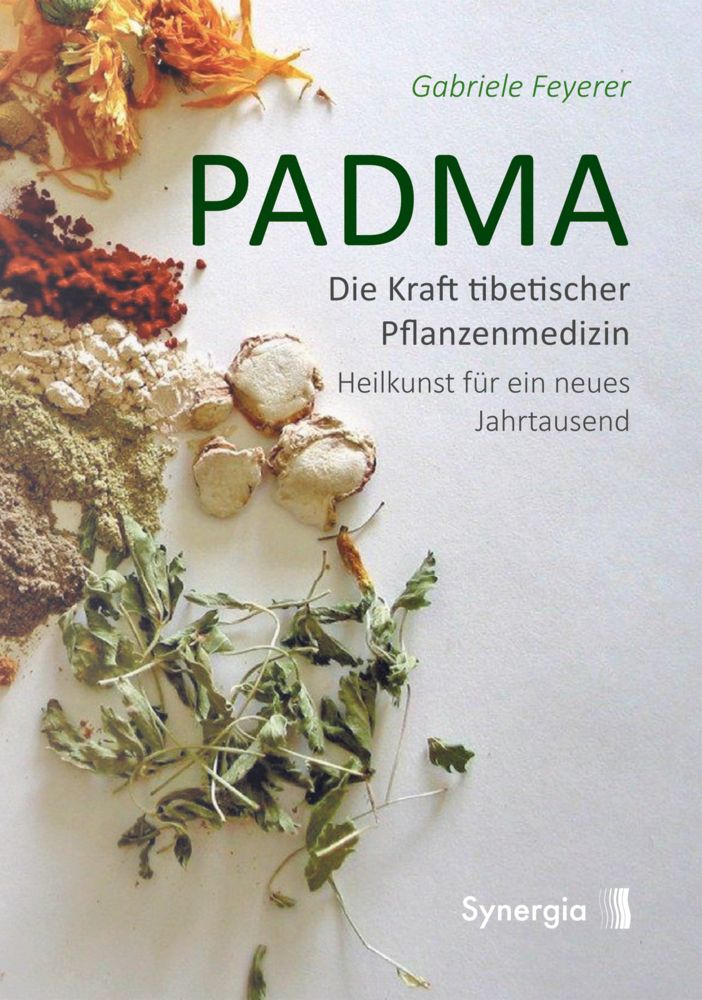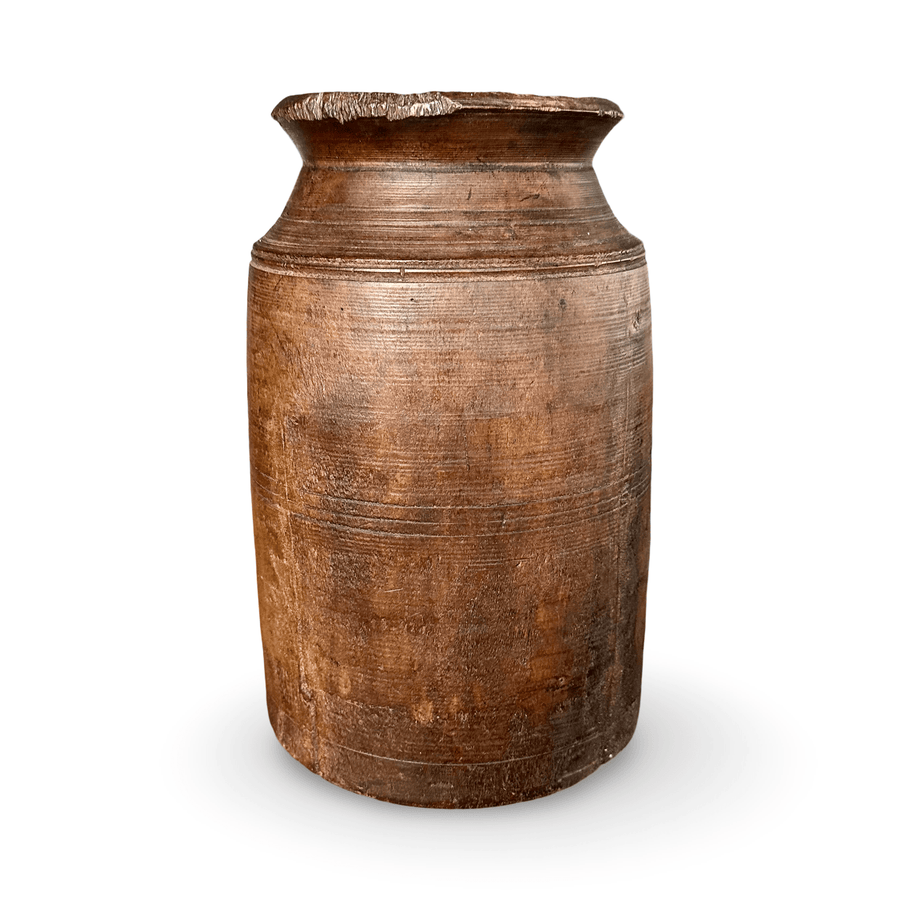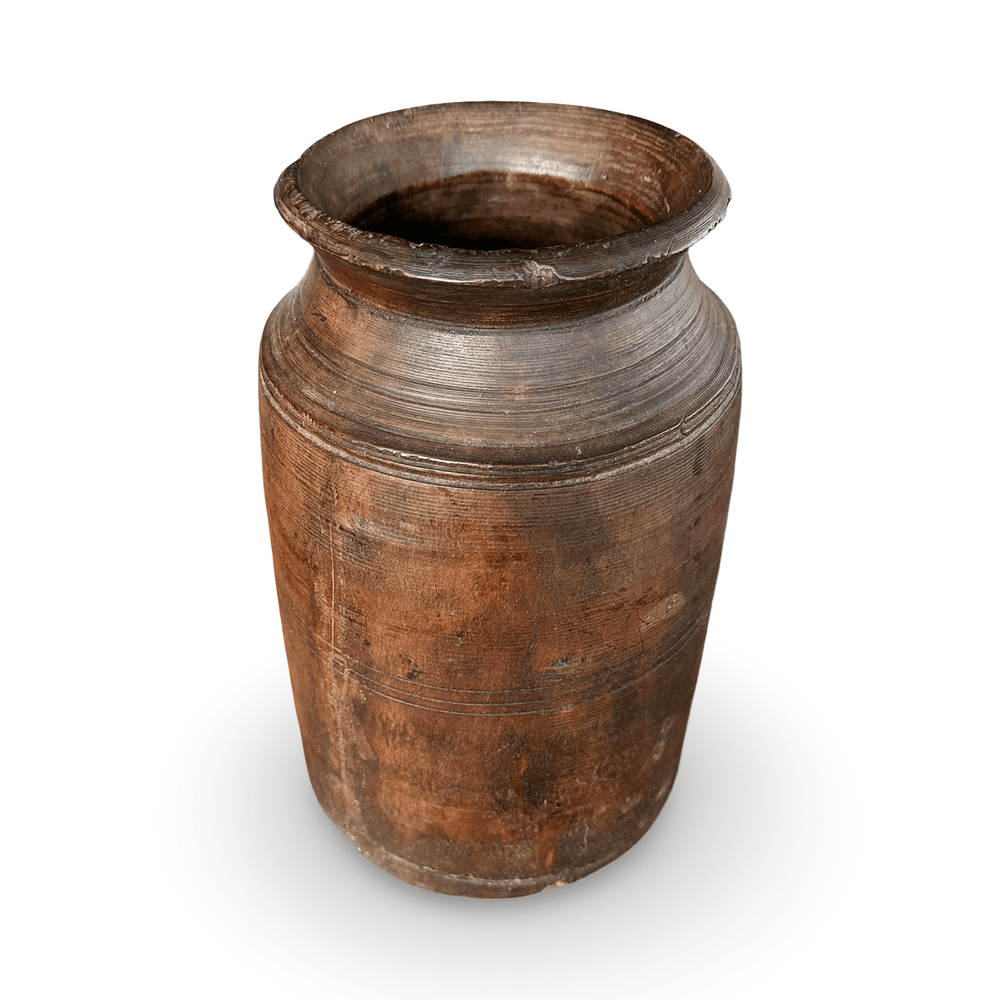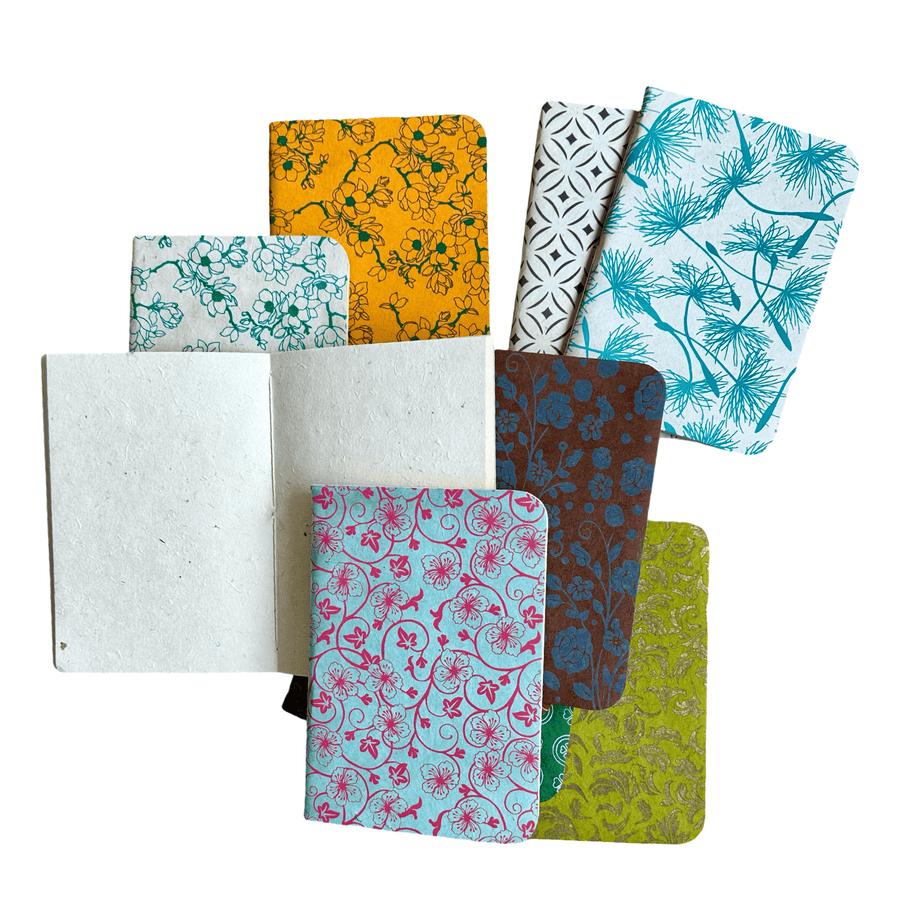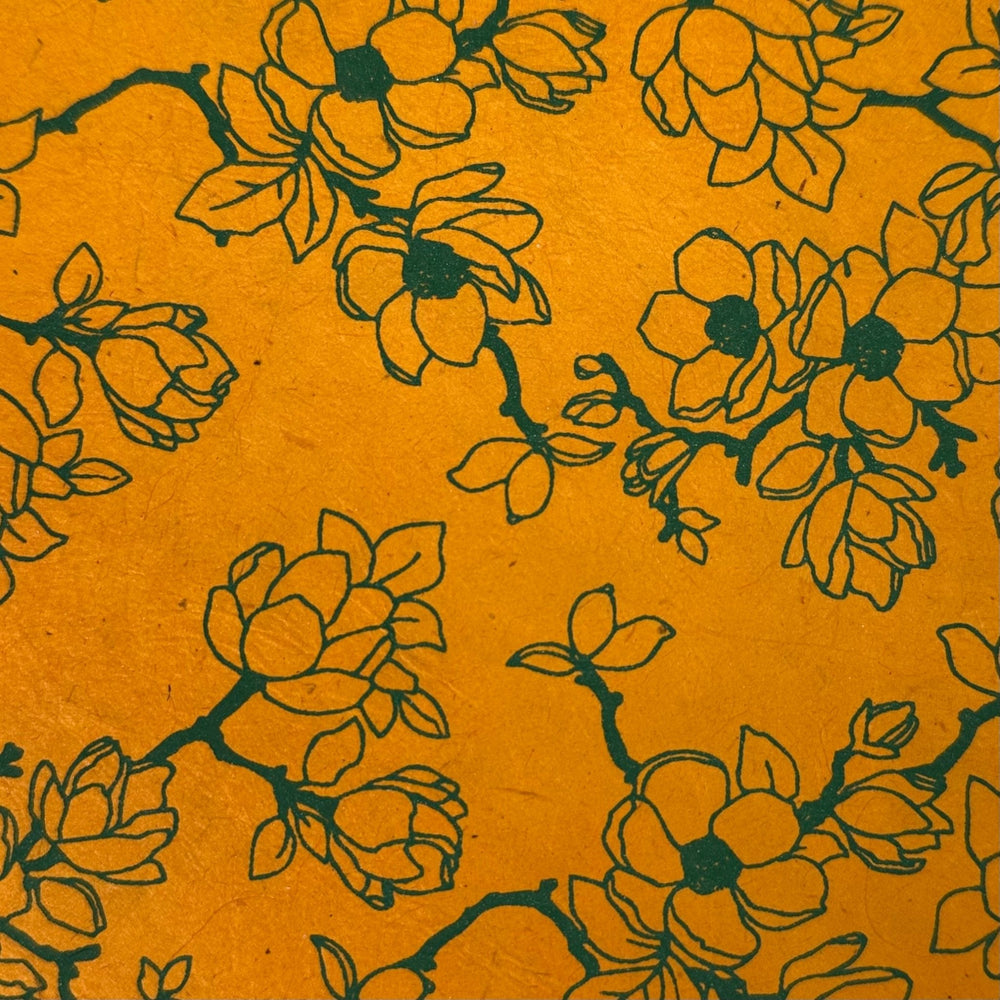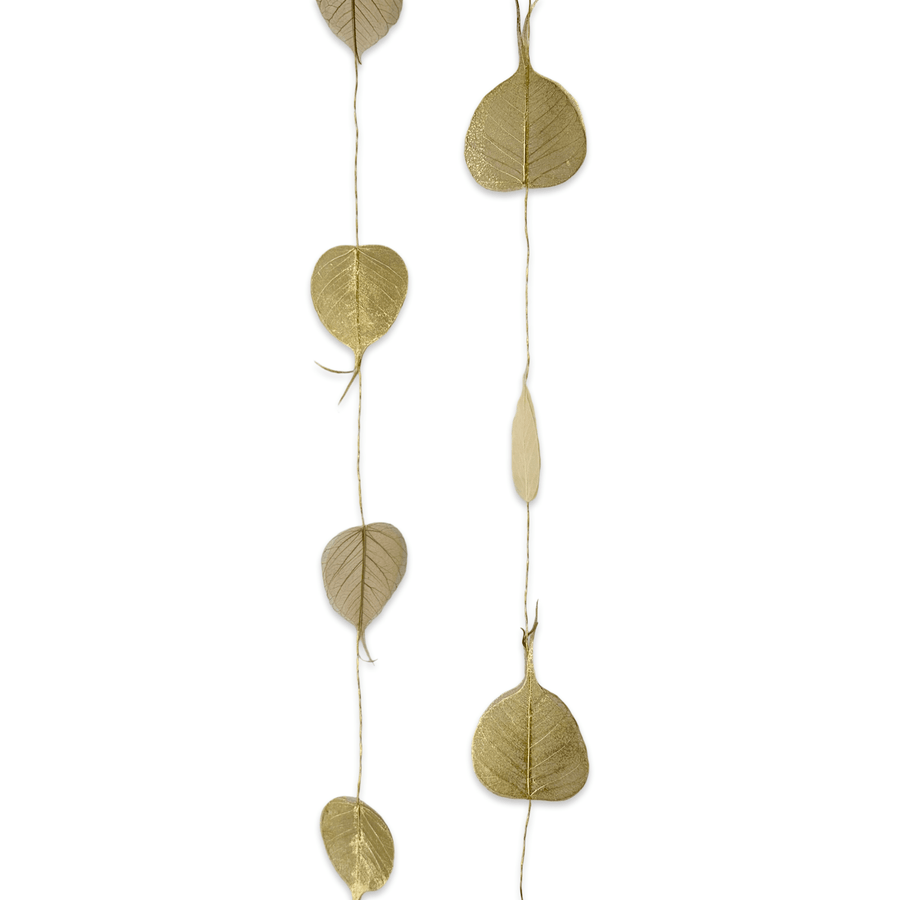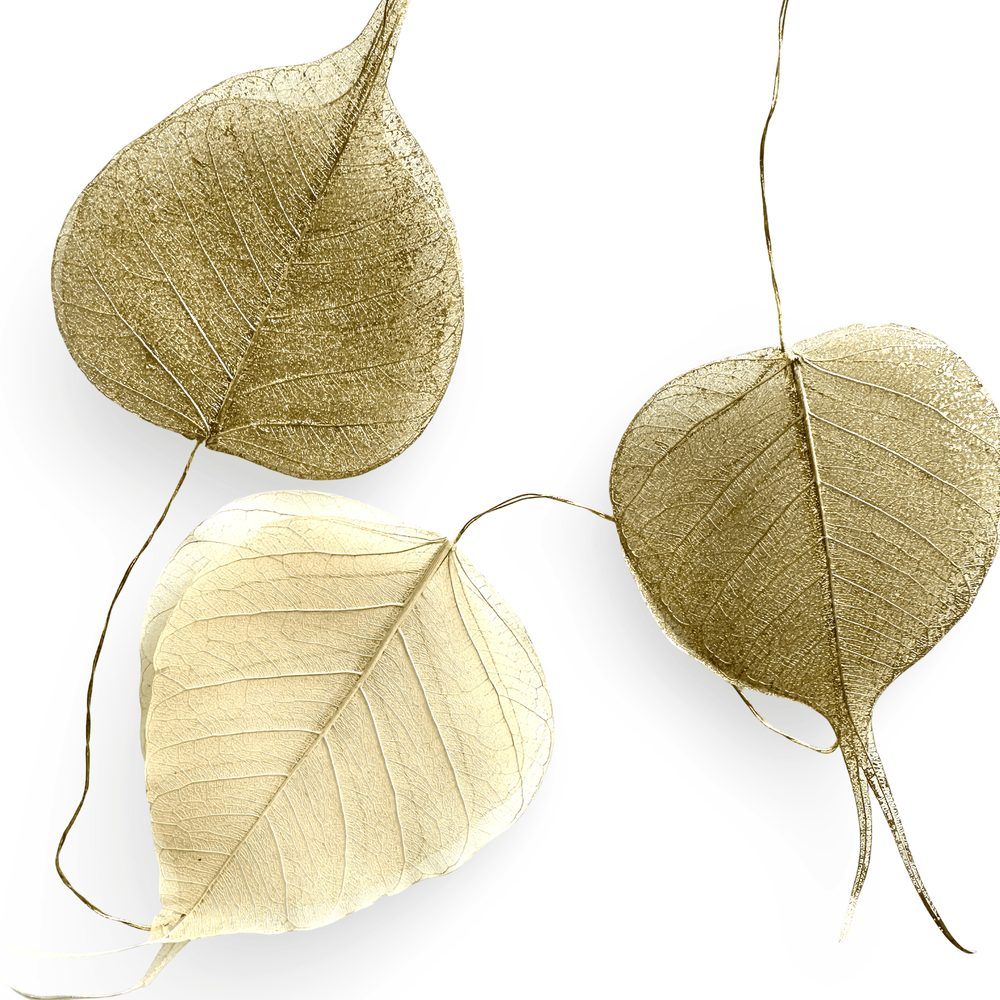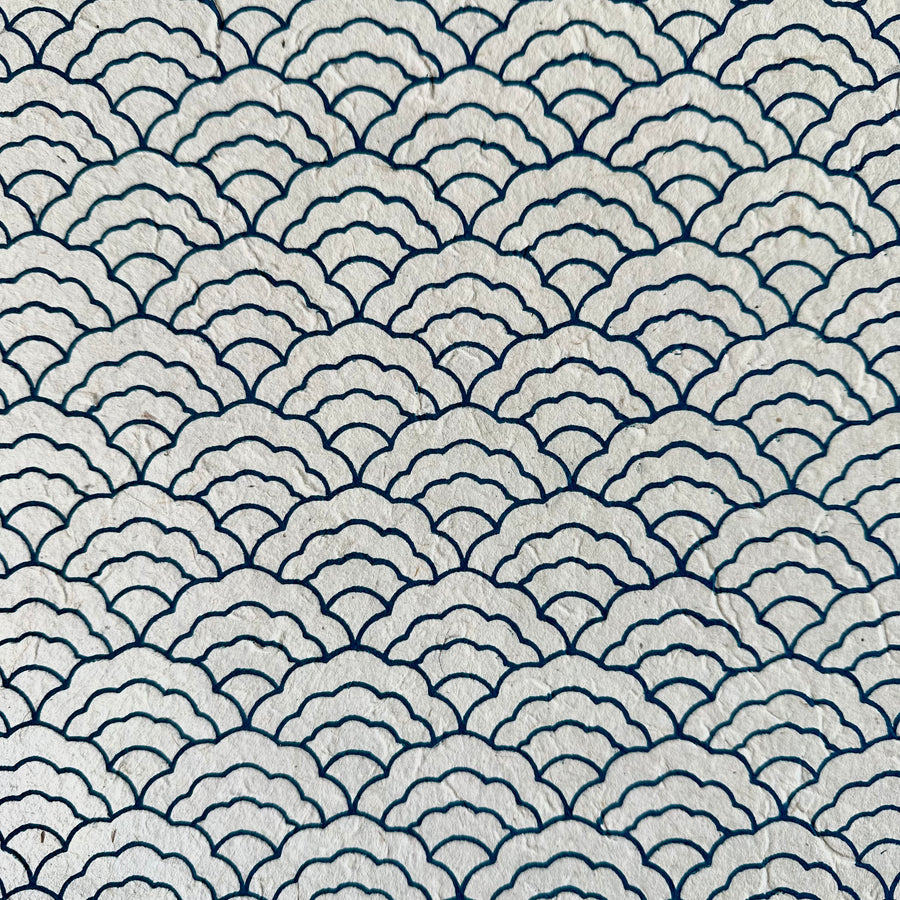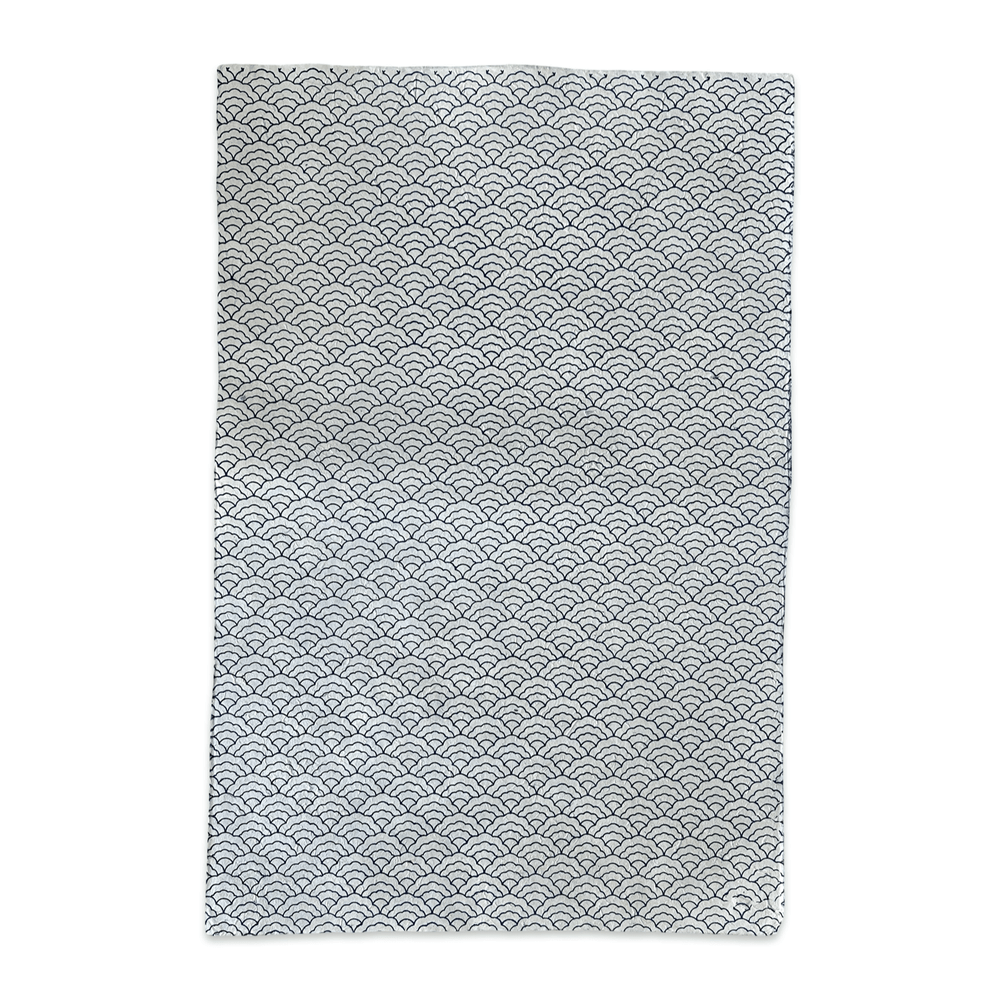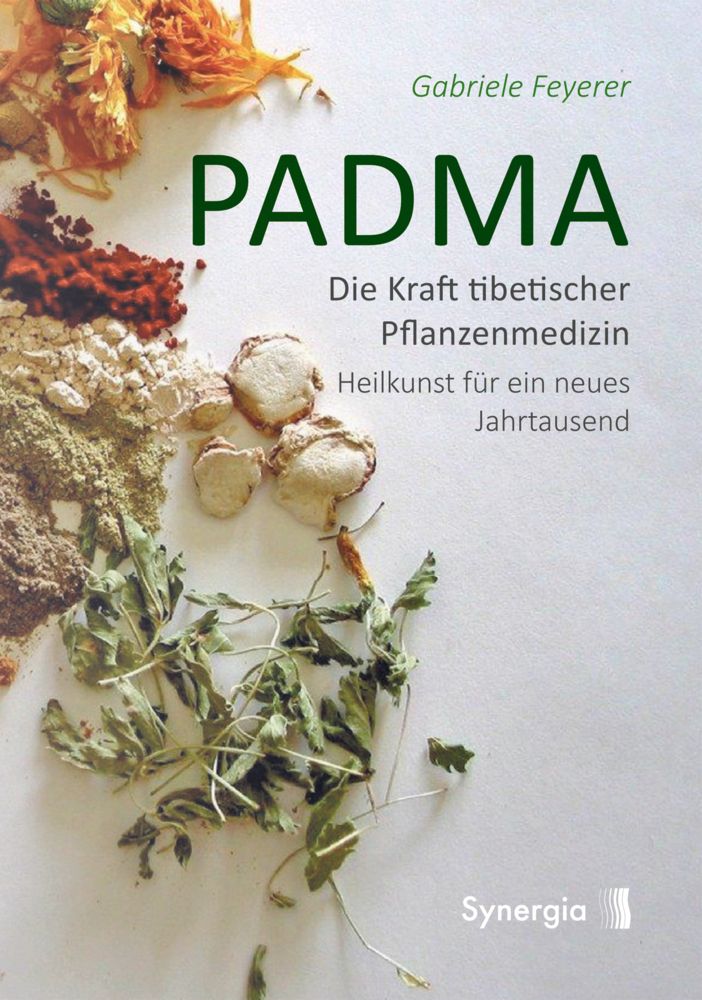
Feyerer G: Padma - The power of Tibetan herbal medicine
Gabriele Feyerer, journalist and independent author, is now presenting the second book on Tibetan medicine in a new edition after Padma 28.
New and exciting information is explained and the applications of herbal formulations are explained in detail.
In no other system of medicine has the composition of low-dose healing substances into highly effective herbal mixtures been taught and practiced as extensively for centuries as in the traditional Tibetan medical tradition (TTM).
Under the name "Padma", high-quality herbal mixtures have been produced in Switzerland for over fifty years according to original Tibetan recipes for the whole of Europe and overseas. The use of these high-quality herbal formulations ranges from medical practices to personal "medicine chests". They can be regarded as a "booster" for our immune system, especially in today's world.
Extremely successful preventative use for:
- Chronic inflammation
- Circulatory disorders
- Digestive problems
- Diabetes
- Nervous disorders
- Allergies
- Food intolerances
This guide describes:
- Origin and composition of Tibetan herbal remedies
- Basic principles of Buddhist healing
- Use in practice
- Current scientific studies and user reports
- Experiences and adventures of the author
- Opportunities and possibilities for a sustainable integrative medicine
- Holistic healing and prevention
- Information on all formulations available in the West
- Strengthening the immune system
With an epilogue and a critical look by the author at the current situation in the West - supported by her hope, that the power of change will enable Tibetan medicine to do a great deal of good in the future in the spirit of Buddhist ethics.
New and exciting information is explained and the applications of herbal formulations are explained in detail.
In no other system of medicine has the composition of low-dose healing substances into highly effective herbal mixtures been taught and practiced as extensively for centuries as in the traditional Tibetan medical tradition (TTM).
Under the name "Padma", high-quality herbal mixtures have been produced in Switzerland for over fifty years according to original Tibetan recipes for the whole of Europe and overseas. The use of these high-quality herbal formulations ranges from medical practices to personal "medicine chests". They can be regarded as a "booster" for our immune system, especially in today's world.
Extremely successful preventative use for:
- Chronic inflammation
- Circulatory disorders
- Digestive problems
- Diabetes
- Nervous disorders
- Allergies
- Food intolerances
This guide describes:
- Origin and composition of Tibetan herbal remedies
- Basic principles of Buddhist healing
- Use in practice
- Current scientific studies and user reports
- Experiences and adventures of the author
- Opportunities and possibilities for a sustainable integrative medicine
- Holistic healing and prevention
- Information on all formulations available in the West
- Strengthening the immune system
With an epilogue and a critical look by the author at the current situation in the West - supported by her hope, that the power of change will enable Tibetan medicine to do a great deal of good in the future in the spirit of Buddhist ethics.
Size chart
Bracelets, bracelets, bracelets, bracelets, chains
| age | Wrist circumference |
|
Newborn |
9 - 12 cm |
|
6 months - 3 years |
12 - 14 cm |
|
4 - 10 years |
14 - 15 cm |
|
Teenager, ladies (XS) |
15 - 16 cm |
|
Ladies (M) |
16 - 17 cm |
|
Ladies (XL) |
18 - 19 cm |
|
Men (M) |
18 - 20 cm |
|
Men (XL) |
21 - 22 cm |
Brief instructions for measuring wrist size:
Loosely wrap a measuring tape or string around your wrist where you want the bracelet to sit. Make sure that it fits snugly but does not cut in. Read the circumference directly from the measuring tape or measure the length of the cord with a ruler.
Note:
The length of the bracelet may be 1 cm to 3 cm longer than the measured wrist circumference, depending on your taste.
The length of the bracelet may be 1 cm to 3 cm longer than the measured wrist circumference, depending on your taste.
Finger rings
| Ring size | Inner diameter | Inner circumference |
|
48 |
15,3 mm |
48 mm |
|
50 |
15.9 mm |
50 mm |
|
52 |
16.6 mm |
52 mm |
|
54 |
17.2 mm |
54 mm |
|
56 |
17.8 mm |
56 mm |
|
58 |
18.5 mm |
58 mm |
|
60 |
19.1 mm |
60 mm |
|
62 |
19.7 mm |
62 mm |
|
64 |
20.4 mm |
64 mm |
|
66 |
21.0 mm |
66 mm |
Brief instructions for measuring the ring size:
Method 1: Measure the inner diameter of a suitable ring
- Take a ring that fits well.
- Place it on a ruler and measure the inner diameter (from one inner edge to the other).
- Compare the diameter with the table to determine the ring size.
Method 2: Measure the circumference of your finger
- Take a thin strip of paper or thread.
- Wrap it around the part of the finger where you want the ring to sit (not too tight).
- Mark the point where the ends meet.
- Measure the length of the strip in millimeters. This is the inner circumference.
- Find the right size in the table.
Tips:
- Measure the finger size in the evening, as fingers swell slightly during the day.
- If you are between two sizes, choose the larger size.
- Make sure that the ring fits over the knuckle.
Regular price
CHF 34.50
CHF 34.50
Regular price
Sale price
CHF 34.50
CHF 34.50
Save
/
- Free shipping from CHF 150


